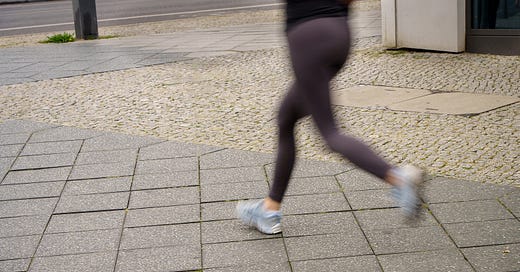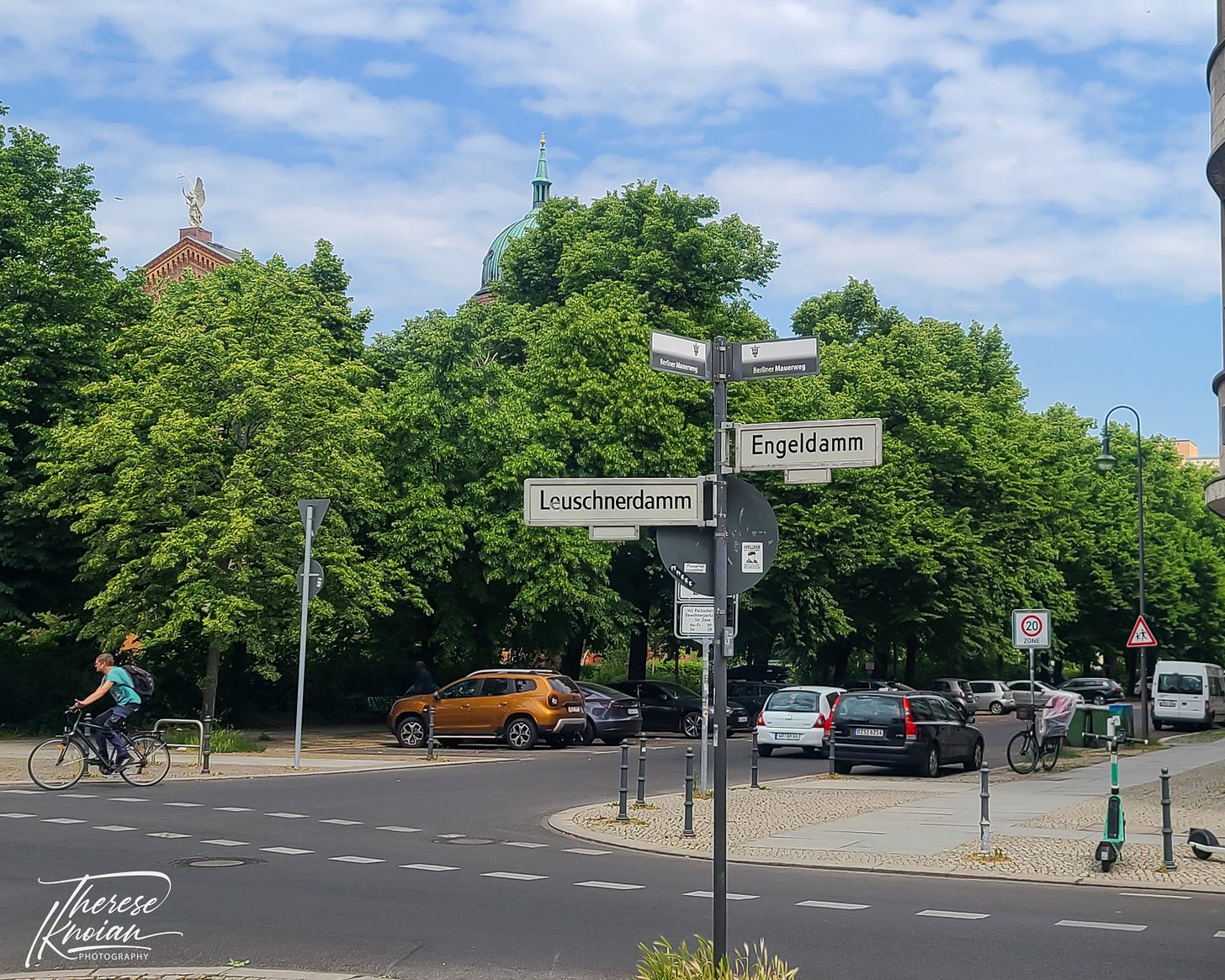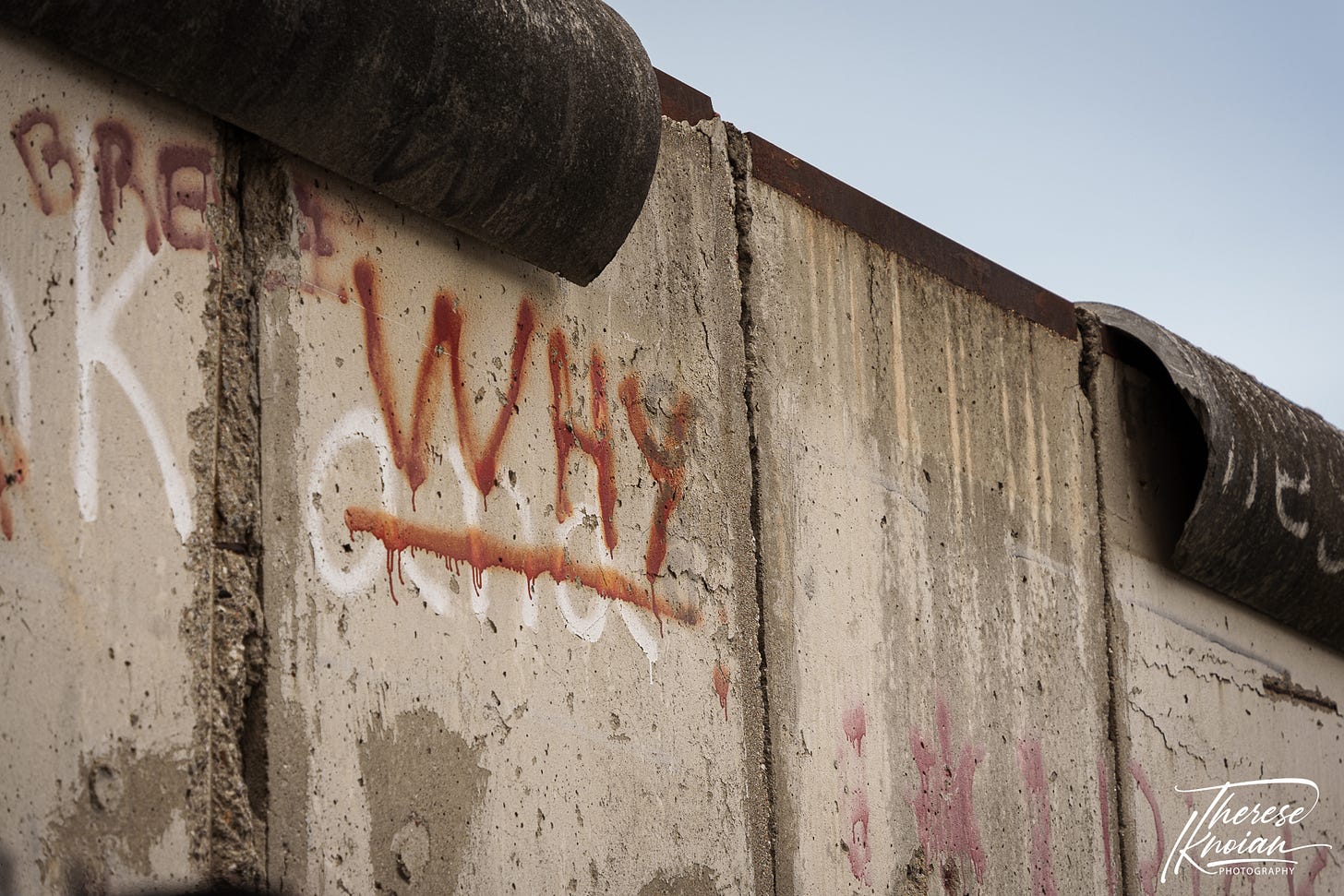Running the Berlin Wall… 35 years after it fell
In the spring, the scent of purple wisteria blooms dripping through an overhead trellis brings me to a stop on my runs along a Berlin greenway. In the winter, I dance around iced-over puddles. In the fall, I kick along through golden leaves heaped on the ground.
What a refreshing urban getaway, this strip of public greenway with roses, fountains, trails, and ponds with swans in the center of Berlin. There is, however, a darker history to this parkway – and so many other public greenways in Germany’s capital city: I am running along a former stretch of the Berlin Wall, which divided Germany and Berlin into east and west sections for 28 years. On Nov. 9, 2024, the country and the world will commemorate the 35th anniversary of the fall of the wall.
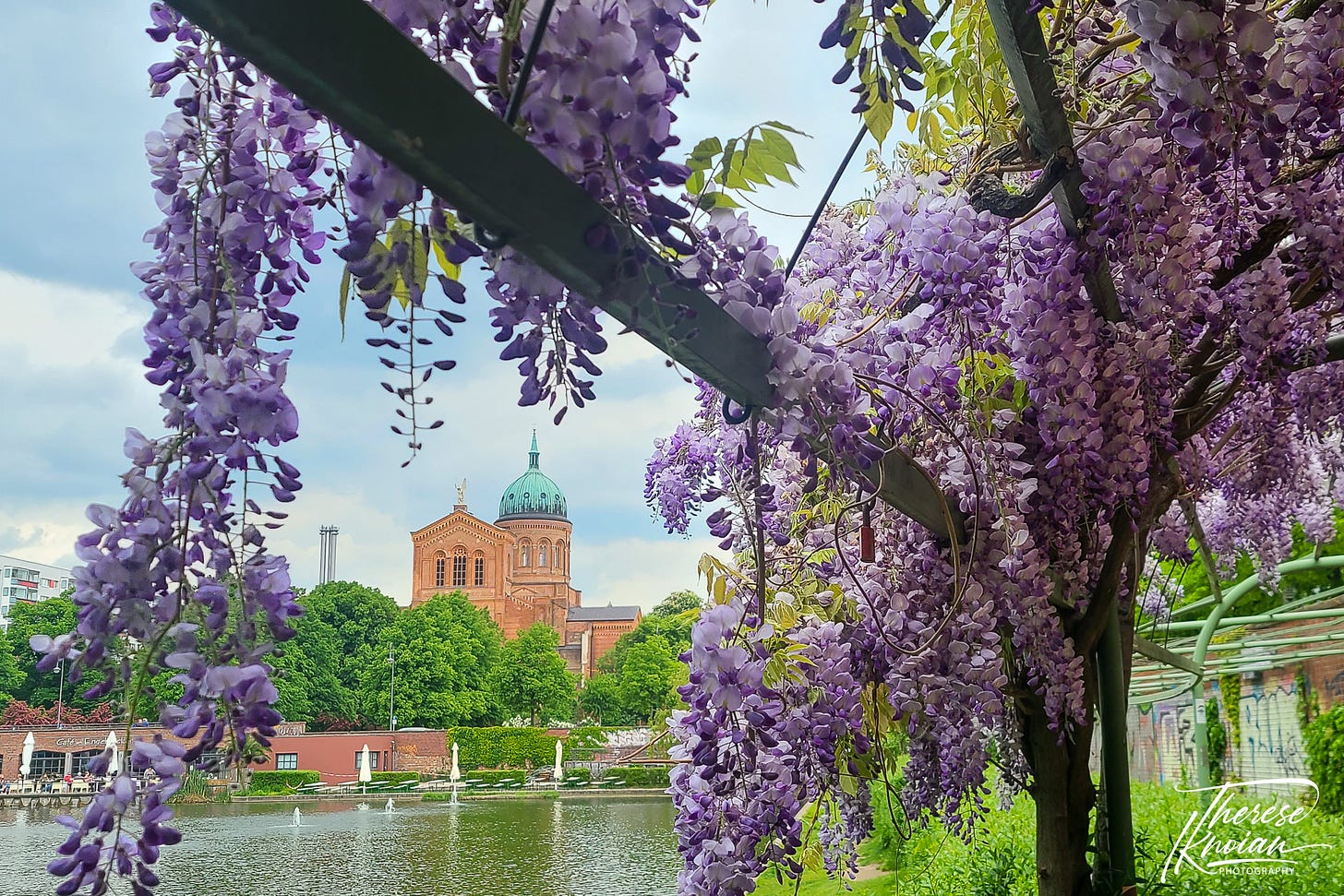
Green spaces from death strips
It is the Berlin Wall and its fall that, in the end, helped create so many green spaces in the country’s capital. These spaces and the area where I often run in Berlin are parts of the former so-called “death strip” or no-man’s-land, a fortified buffer that ran along the wall in East Germany. To create much of this death zone when the Soviets put up the divide starting in 1961, East Germany had to tear down apartment buildings, fill canals and ponds, rip out streets, fence off plazas, and destroy churches. For 28 years, being anywhere in this buffer zone meant a likely death – as it did for at least 140 people who tried to escape to the West from the East. The area was protected by guard towers, barbed wire, killer dogs, foot patrols, electric fences, spotlights, and yet another inner wall. Odd, indeed, that if a country – in this case, East Germany – is so wunderbar that it must effectively cage in its citizens.
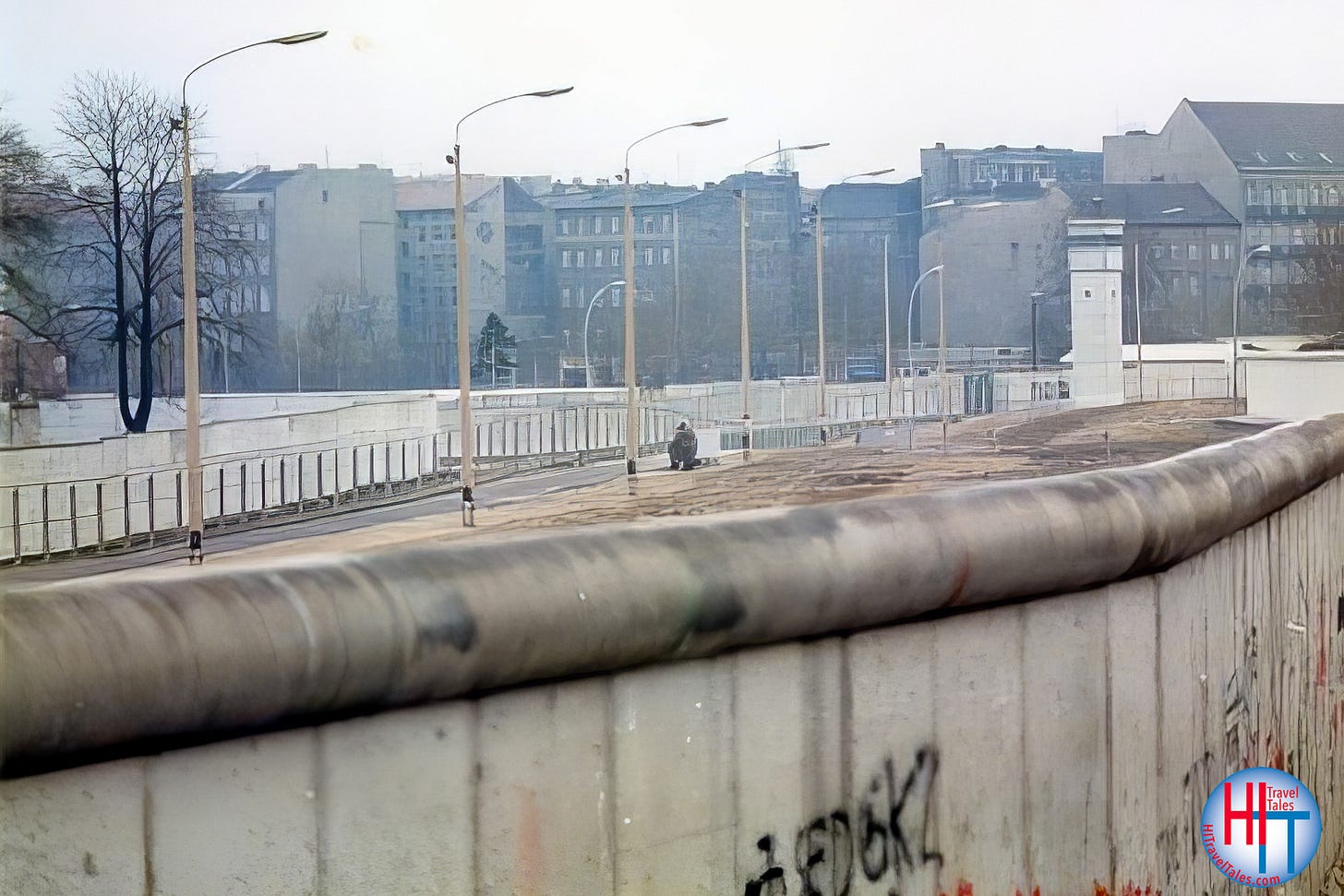
When the Berlin Wall fell quite suddenly 35 years ago in 1989, Germany and the city of Berlin had to decide what to do with the vacant spaces left behind. That meant, where I now often run, a church partially in ruins from the war was reopened, a pond and a waterway that had been filled with rubble were excavated and reconstructed, and a rose garden was replanted. It’s a beautiful stretch that beckons many area residents for walks, runs, and dog walks. There is even a delightful café on “Angel’s Pond” (Engelbecken) with its burbling fountain and preening swans, that was so kind to me once when I hurt myself nearby. Today, about 30 percent of Berlin is green space of some kind, and Germany’s capital city has the fourth-highest percent of tree cover of any European capital at 44 percent, according to the World Economic Forum.
Cast your eyes upward as you move along this captivating greenway and neighboring streets, however, and you will note small grey and white signs on posts marked with “Berlin Mauerweg” (Berlin Wall route). I pass under a small arched bridge on the route and see people standing to look down at the park and roses. This is the Waldemar Bridge, where the wall route turned, heading straight across the bridge that was then the border between the post-war Soviet sector (that became East Berlin) and the American sector. In the first days of 1961, before a 5-meter-high concrete wall was built, I was told that West Berlin residents would stand atop the bridge to talk to relatives and friends below in the East, showing babies and sharing stories. That was soon brought to a halt by the Soviets with bigger barriers.
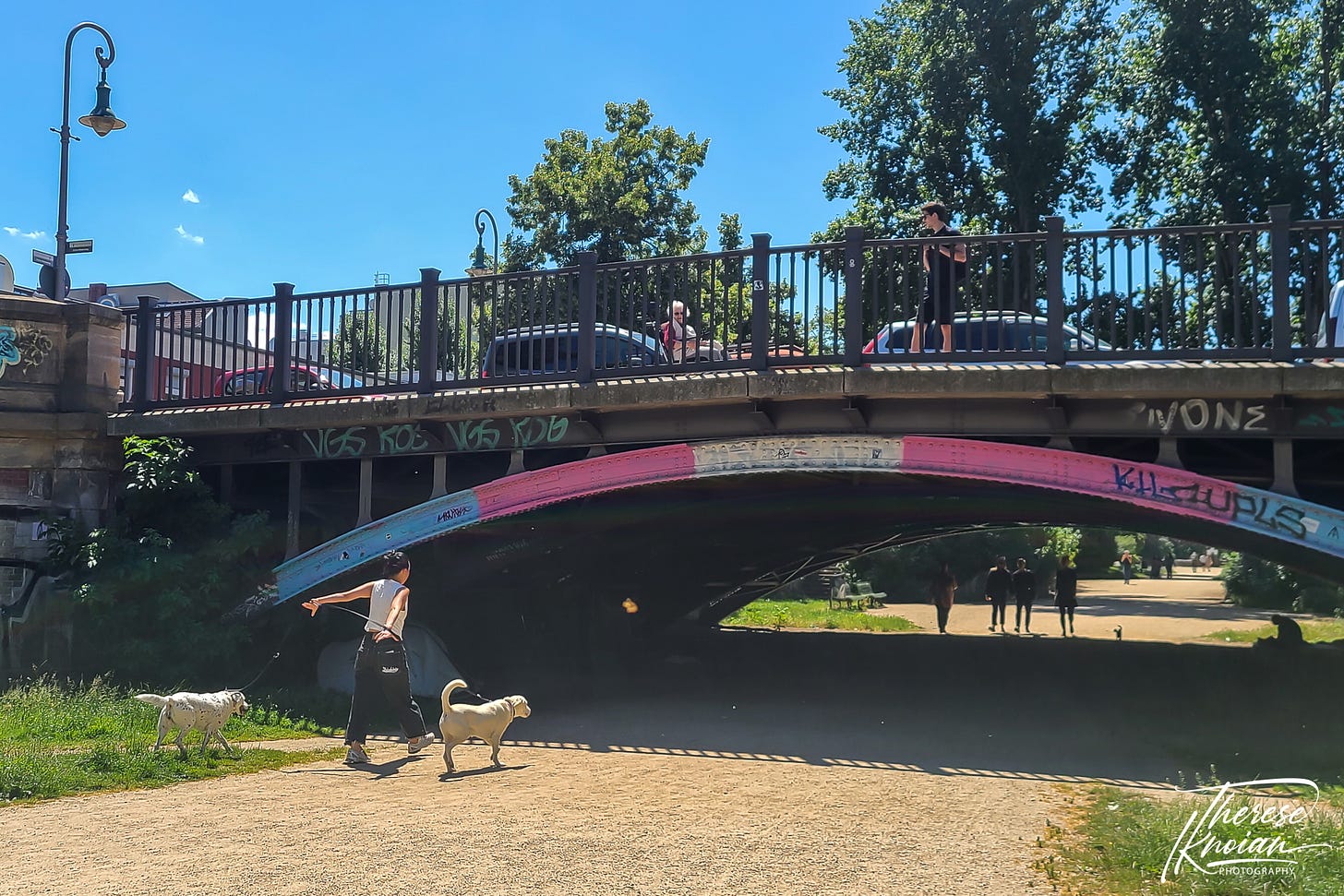
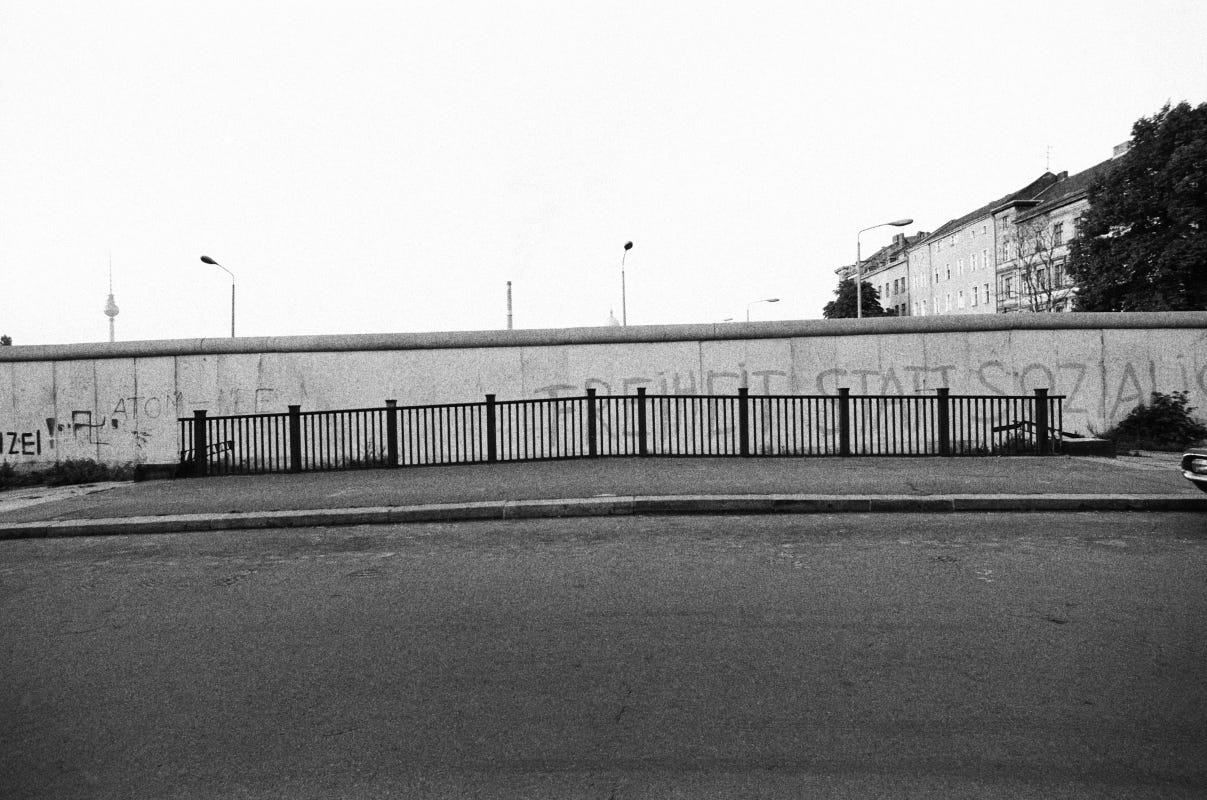
Running along history in Berlin
No matter how often I run this stretch, I can’t stop myself from taking a break to look at the ruins of the church nave and the signs noting the wall’s former path. I also find myself looking at the buildings, picking out new ones that were infill where the original buildings were bombed and destroyed in the final days of World War II. Despite that, here I am, running along a great urban greenway with a smile on my face where just 35 years ago I would have been shot.
This is, of course, not the only green space haunted by the former Berlin Wall that I have jogged through. On one of my first runs here nearly a decade ago, I happened along a canal, praising myself for discovering a trail alongside it without traffic. I came through a park called “Schlesischer Busch” and was suddenly surprised: In front of me was what looked like an old East Berlin Wall Watch Tower, covered in graffiti, standing somewhat randomly in a park near the Spree River. I circled the four-story tower looking for signage – nothing. Later, I did discover a sign on the street behind some trees 100 yards away. And, yes, it is an old Berlin Wall guard tower – not a tourist in sight.
In any city, but especially in Berlin with its tragic history of war and division, I revel in these discoveries, even ones with a dark history like a former Berlin Wall guard tower. They offer a glimpse of Berlin’s past as a divided city after a horrible war.
Most tourists in the city will not see any of this. They will go to the East Side Gallery and look at street art of Leonid Brezhnev and Erich Honecker kissing, or they will go to an over-touristed Checkpoint Charlie with a fake guardhouse and take selfies.
Me, I run the wall, imagining when the path was a death strip, and ponder history on this 35th anniversary of the fall of the Berlin Wall.
— Story by Therese Iknoian - See more photos by Therese Iknoian here – all available for purchase for gifts or just for you!

